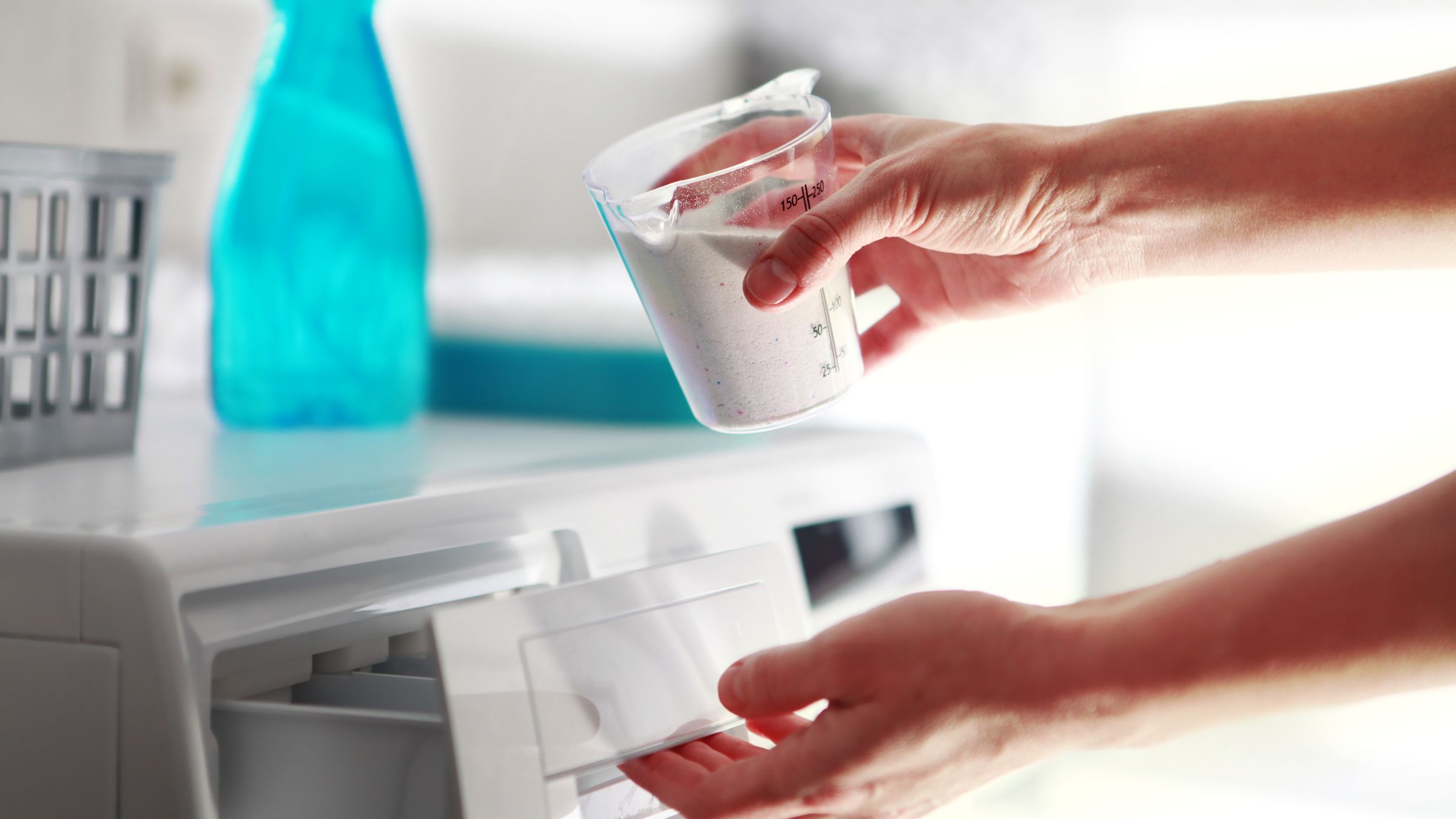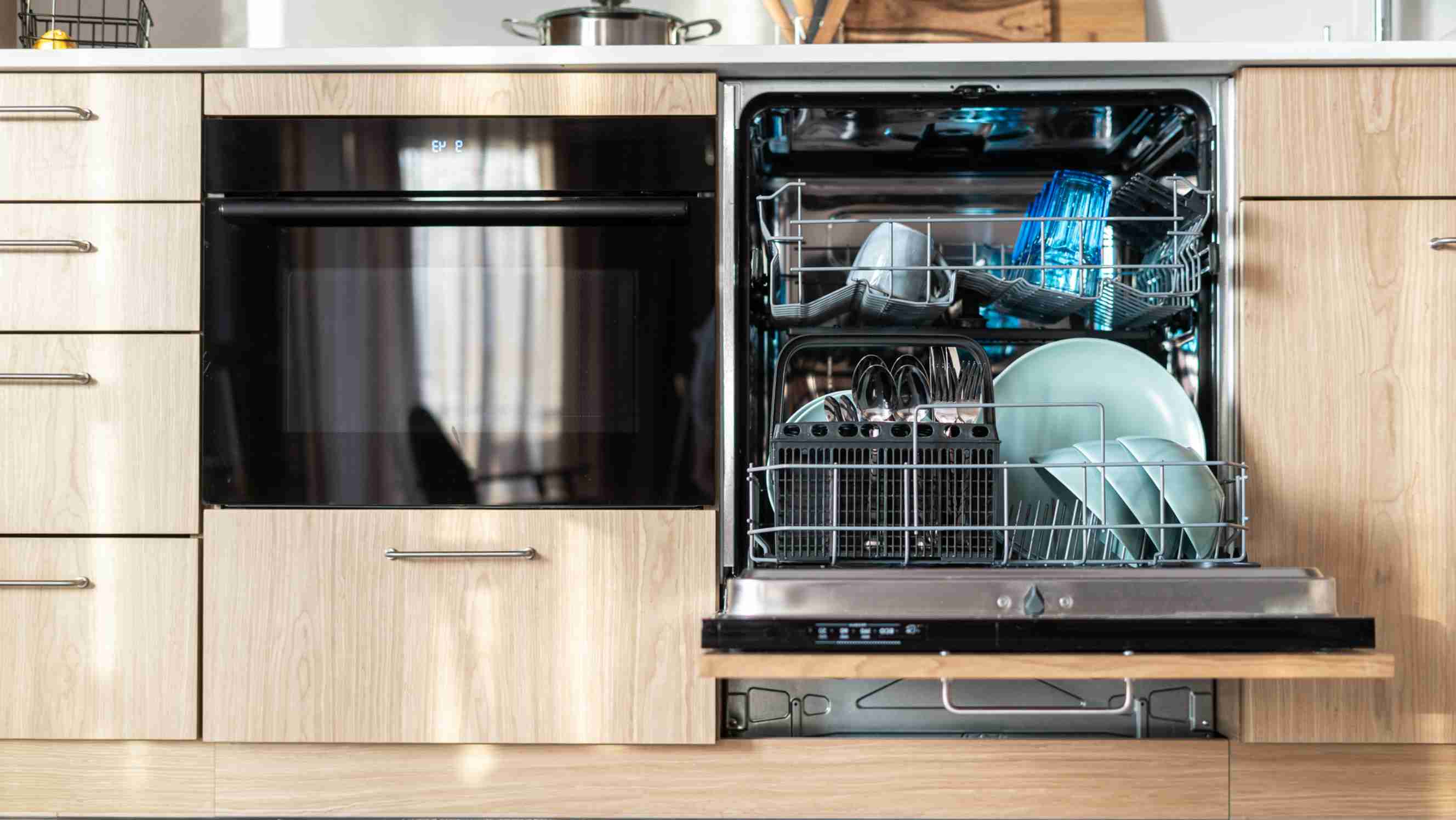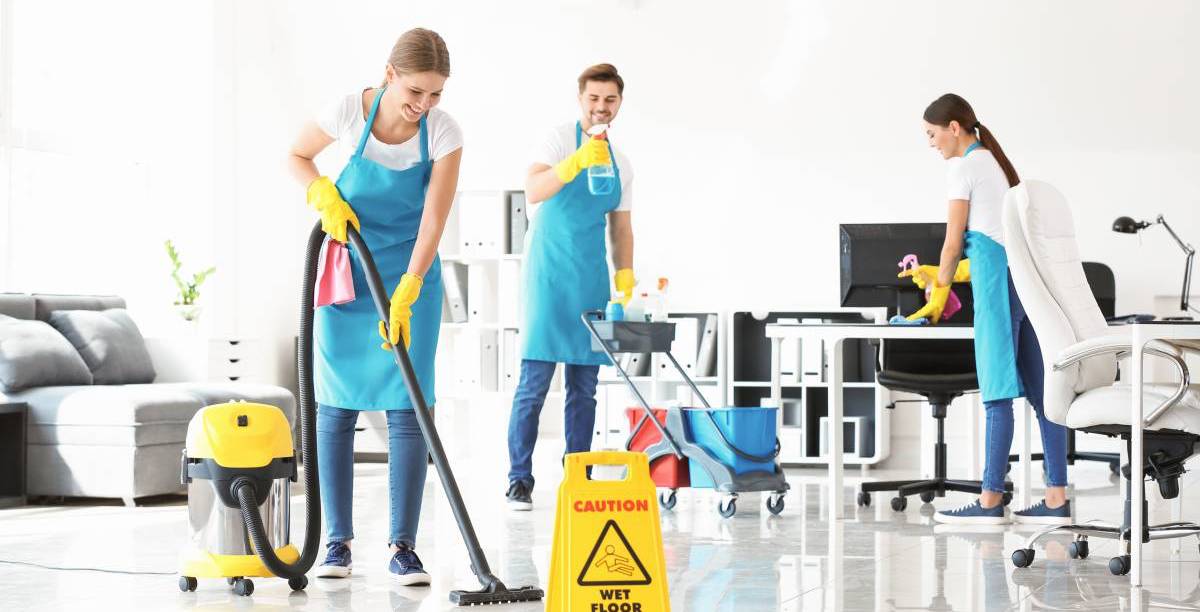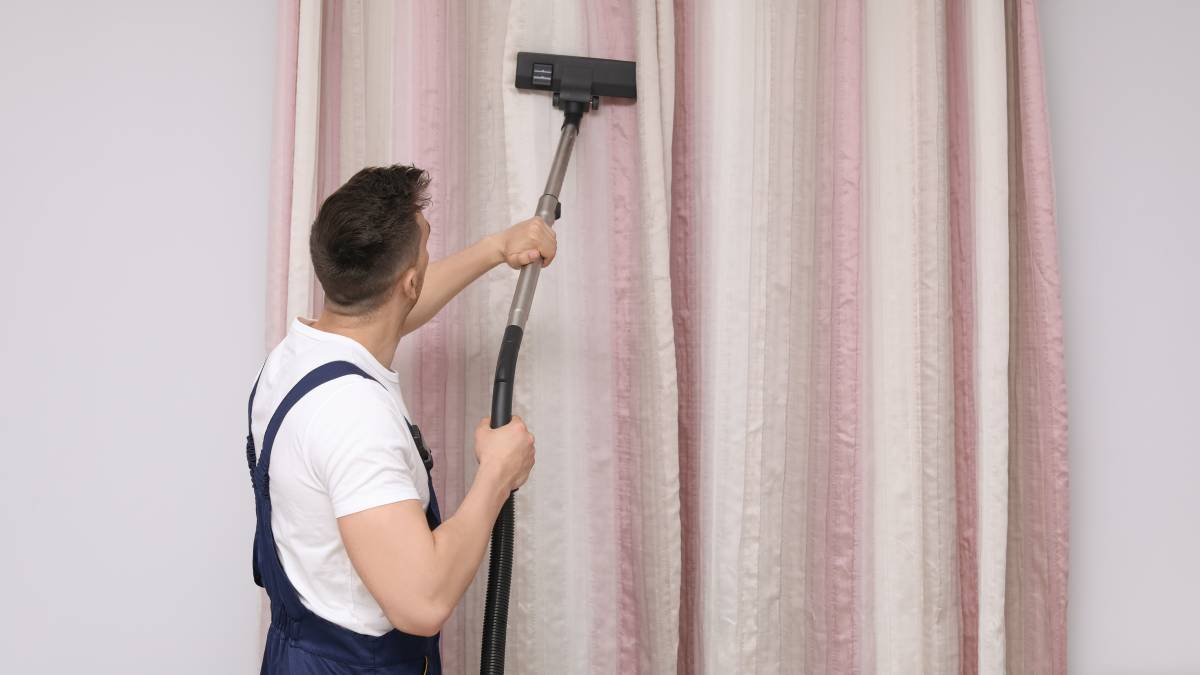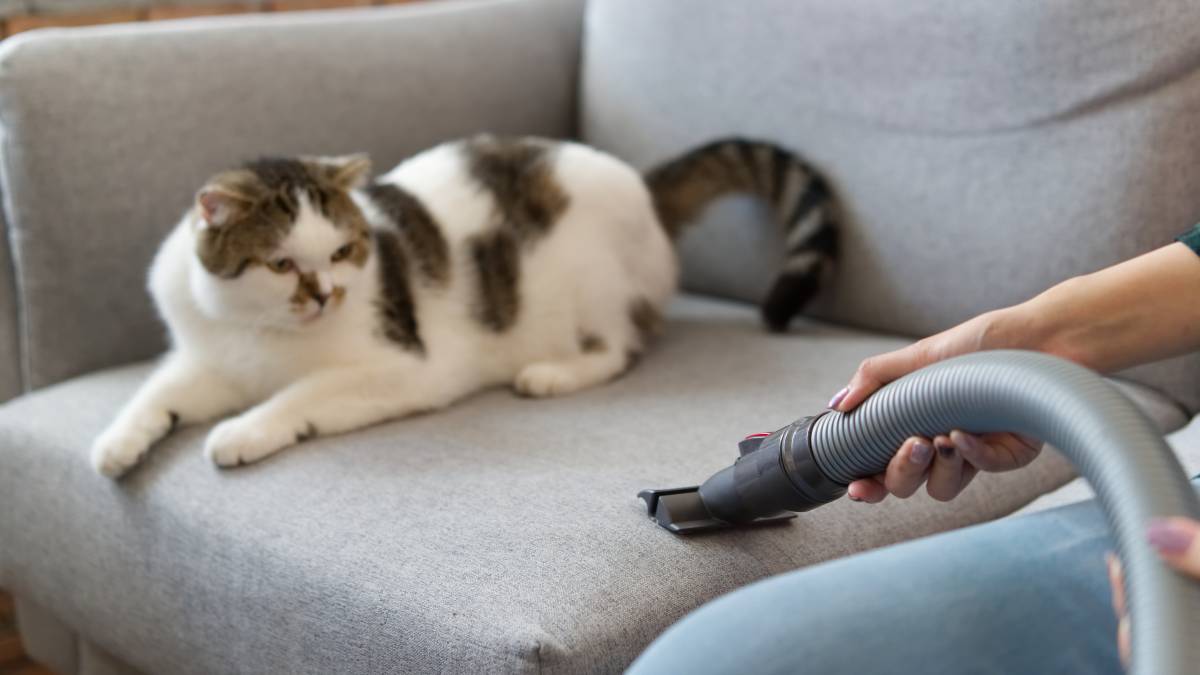- Home/
- Comparisons/
- Cleaning/
- Mold vs. Mildew

Mold vs. mildew: What are their key differences?
Comparing mold and mildew based on appearance, smell, and more
Hire a cleaning expertLast Updated on
Key Facts
- Mold is a type of fungi with a raised, fuzzy, patchy texture. Its colors can range from black to white and dark green, and it emits a musty, earthy odor. It is commonly found in damp, wet places with high humidity, although some grow in dark, cold environments.
- Mildew is a type of mold known for its flat growth. Its color is usually white or grey, which sometimes turns brown. Its smell is similar to mold’s, only less intense. It thrives in places with high moisture but cannot go deep into porous materials.
Can you tell the difference between mold and mildew? If your answer is no, you are not alone. After all, these microscopic fungi look the same. They can also cause the same allergic reactions, such as sneezing or eye irritation. The spores can grow and multiply in days and thrive in wet or damp places. They can even smell similarly!
But this mold vs. mildew guide will show you they are not, and you must be able to tell them apart when you want to hire a mold removal expert. Are you ready to learn more about these fungi? Read the mildew vs. mold comparison guide below!
What is mold?
 Mold is a type of fungus that develops multicellular filaments called hyphae. These fine threads develop at the tip and then divide over and over until they grow longer and branch out. By then, they create chains that can intertwine, forming a network called mycelium.
Mold is a type of fungus that develops multicellular filaments called hyphae. These fine threads develop at the tip and then divide over and over until they grow longer and branch out. By then, they create chains that can intertwine, forming a network called mycelium.
As organisms, these fungi need a food source, such as soil, and organic matter, like wood. This explains why you can find them in walls and ceilings, as well as food such as bread. They also thrive in places with high humidity because of high water vapor and oxygen. With the right environmental conditions, mold spores can multiply within 24 to 48 hours. Within a week, they become visible.
The types of mold you can see in your home can also vary. These include Stachybotrys chartarum, which is also known as black mold. Other examples are Aspergillus, which can thrive indoors and outdoors, and Cladosporium, which prefers painted surfaces and areas with cooler temperatures. A popular type of mold is Penicillium, which scientists use to make antibiotics.
What is mildew?
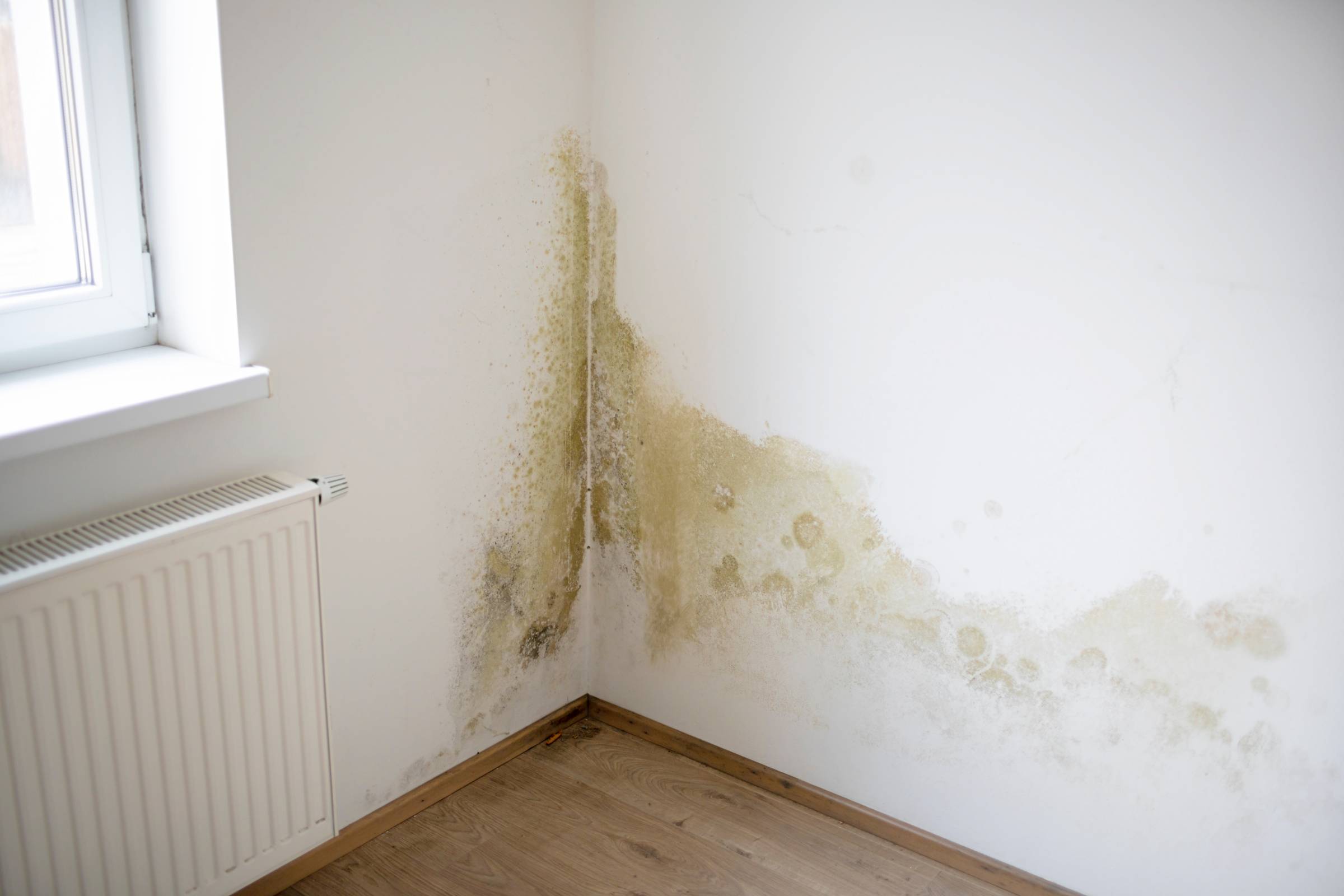 Mildew refers to a type of fungus or mold, which means it can also develop hyphae and mycelium. Mildew also grows in damp environments, such as shower walls. In fact, they are so much alike that some refer to this as early-growth mold.
Mildew refers to a type of fungus or mold, which means it can also develop hyphae and mycelium. Mildew also grows in damp environments, such as shower walls. In fact, they are so much alike that some refer to this as early-growth mold.
What does mildew look like? It varies from its closely related cousin by its appearance, especially the color and texture. It is also easier to clean or remove than mold because of its penetration depth, growth structure, and visibility.
Mold vs. mildew: How different are they?
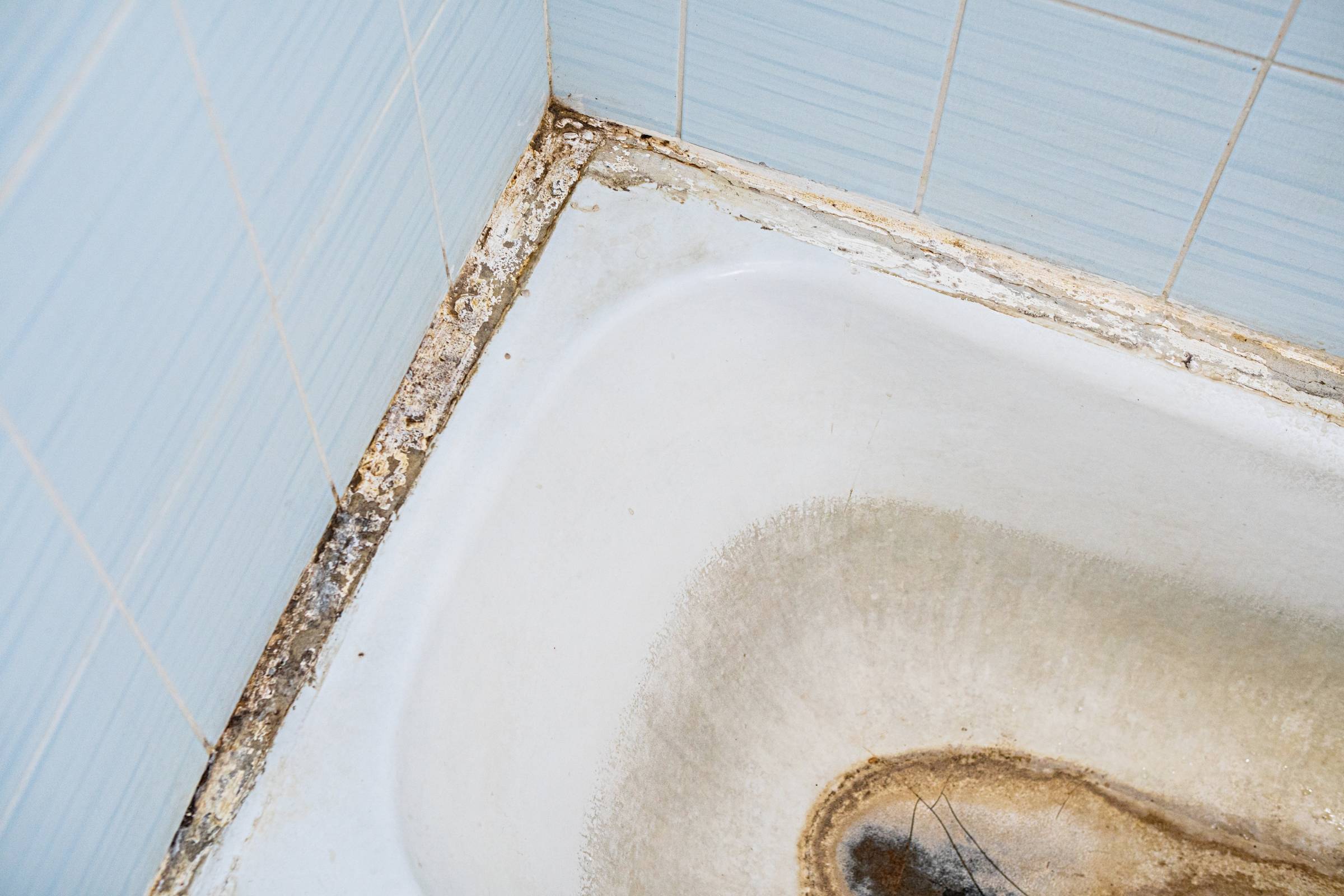
Both mold and mildew are disgusting and damaging to health and property, so if you have mold problems, get cleaners to deal with them. However, it still pays to know the difference between mold and mildew to better describe your problems and hire the right removal expert.
In terms of appearance
What does mold look like? Its physical characteristics vary according to the age of the colony and type.
Usually, the colors of the fungus can range from black to deep green, yellow, and sometimes even blue and purple. It also appears fuzzy and slimy, especially during its early stages when its hyphae are still growing and dividing. The colony can begin as a small spot, measuring only a few inches across, until it grows and covers an entire surface. Mold also features a 3D or raised texture, such as when it develops in bread.
Mildew is more known for its flat-growth habit, so it does not look puffy or raised as regular mold. The texture is also powdery, and the color is usually grey or white, which can turn brown.
In terms of smell
What does mold smell like? People often describe it as earthy or musty. It is similar to the odor of rotting wood, wet socks, damp areas, and unaired spaces, such as basements. Sometimes, the scent reminds you of old paper, such as books, kept inside a cabinet for decades.
What does mildew smell like? Because it is also a type of mold, the scent is almost the same, except it is less intense. You can compare it to improperly dried fabric or clothing.
Either way, the smell is often the first sign of mold growth. It happens because the organisms release microbial volatile organic compounds during metabolism. If any part of your home does not feel right, start investigating for mold and mildew infestation, even if you cannot see them yet.
In terms of texture
 Because there are different types of mold, their texture can also widely differ. As mentioned, they usually start off appearing fuzzy and patchy as they build their network or mycelium. As they reproduce more spores and create denser chains, they can look cottony.
Because there are different types of mold, their texture can also widely differ. As mentioned, they usually start off appearing fuzzy and patchy as they build their network or mycelium. As they reproduce more spores and create denser chains, they can look cottony.
Typical mold is also slimy, mainly due to the wet environment where it grows. When it comes to patterns, mold and its substrates can form a circle that expands outwards as it spreads across a surface.
How about mildew? It can be powdery (feels like fine powder when touched) or downy, which means fluffy.
In terms of location
As fungi, both mildew and mold require food sources to grow and reproduce. They thrive on wet surfaces and moist environments with high humidity. They also feed on organic materials. So expect them to be in bathrooms and kitchens, particularly plumbing pipes prone to leaks. They can also likely appear after a flood.
However, some types of mold can also prefer dark and warm places, such as basements and attics. (Note that humidity is also often high in these parts of the house due to poor ventilation.) Others like the cold, which is why you can see them in refrigerators. Mold growth can also be sneaky because it can penetrate deeper into more porous materials and spread in well-hidden areas.
On the other hand, you usually find mildew in flat, less-porous surfaces with better airflow, such as shower walls. It is also in areas with temporary or intermittent moisture, like when dew forms on plants in the morning.
In terms of health impact
Can mold spores and mildew cause health concerns? Yes, but probably not as extreme as you think.
In general, many types of mold live harmoniously with humans and animals, which means they do not cause disease. In fact, a 2017 research in the Clinical Reviews in Allergy & Immunology said that claims of “toxic black mold” and “sick-building syndrome” are more likely media hype than anything.
However, most studies cite how they can trigger allergic reactions, like itchy eyes, sore throat, and sneezing. For people overly sensitive to spores, one of the health problems to watch out for is anaphylaxis. It is a life-threatening situation wherein the person suffers from difficulty in breathing, low blood pressure, and irregular heart rhythm.
Because mold and mildew are minuscule, they can easily enter the lungs, causing respiratory illnesses such as asthma attacks. In rare but severe cases, some types of mold release mycotoxins. These can be dangerous for people with compromised immune systems.
In terms of removal cost
In the United States, the average cost of removing mold and mildew starts at $500. However, if they need to clean the mold all over the house, the specialists can charge up to $30,000 for the whole work. The fee can already cover their protective gear and cleaning supplies.
However, since mildew is easier to clean, the removal price could be lower. You can get free quotes, proposals, or consultations to get a better idea of the charges.
In terms of prevention measures
Unlike mold, whose spores can fill in the spaces of porous materials, mildew is often superficial. It is, therefore, easier to eliminate. Usually, you just need a scrub brush, regular mildew cleaner, and elbow grease.
Mold is more challenging because you cannot see it immediately. By the time it becomes visible, it has already built a colony. The good news is that it often dies with bleach or undiluted white vinegar.
But getting rid of these spores by yourself is not ideal. The job requires extensive knowledge about mold and mildew, the right equipment and cleaning supplies, and skills in handling spores.
Restore moldy and mildewy surfaces with Airtasker

Whether you have mold or mildew or both, hiring a removal expert is the best way to deal with the problem. Besides technical expertise, they can:
Perform house fungus identification via a thorough inspection to accurately determine the best solution.
Measure and help you manage the moisture levels to prevent fungal growth.
Provide other related services, such as waterproofing your home or fixing your plumbing.
Airtasker connects you with mold and mildew removal specialists near you in three steps:
Open a free account.
Log in and post a task detailing the size of your home and the severity of the mold or mildew buildup.
Receive quotes from Taskers, narrow down your options, and pick the best from the pool.
Overall, mold and mildew are slightly different, but their effects are the same: They harm you and your home. The sooner you can get them out of the house, the faster you obtain peace of mind. Sign up on Airtasker and find a nearby mold removal expert today.
Mold vs. mildew
|
Mold |
Mildew |
|
|---|---|---|
|
Appearance |
Often black or dark green; others are yellow, blue, or purple |
Grey or white that sometimes turns brown |
|
Smell |
Musty and earthy |
Similar to mold but less intense |
|
Texture |
Raised, fluffy, or cottony |
Powdery |
|
Location |
Damp places with high humidity; cold dark places like refrigerators; and areas with poor ventilation |
Environments with high levels of moisture but better airflow; less-porous materials such as shower tiles |
|
Health Impact |
Can cause allergic reactions, asthma attacks, or, in rare but severe cases, anaphylaxis and complications from mycotoxins |
Can cause allergic reactions, asthma attacks, or, in rare but severe cases, anaphylaxis and complications from mycotoxins |
|
Removal Cost |
$500 an hour to $30,000 for an entire home |
Charged along with mold removal but could be cheaper on its own |
|
Prevention Measures |
Sneakier than mildew because it takes a while to see the colony; can die with bleach or undiluted white vinegar |
Easier to see because it almost always does not grow on porous materials; can react to regular mildew cleaner |
FAQs on mold and mildew
One of the earliest signs of a mold problem is smell, which is musty or earthy. If you are sensitive to the fungi, you will also develop allergic reactions, such as runny nose, watery eyes, and sneezing. Eventually, both mold and mildew will become visible, forming colonies that spread across surfaces.
No. While they are related as types of fungi, mold and mildew have distinct behaviors and effects, and one does not transform into the other.
Yes, these fungi can grow together as long as they have the right environment to thrive in. These include places with dampness, high moisture levels, or high relative humidity.
Yes, to minimize mold exposure and health risks. Professional mold and mildew experts have the proper gear, tools, and skills to remove these fungi as safely as possible from your home.
Find cleaning services, fast
Post a task
Related articles

Move out cleaning checklist
Read more

The ultimate spring cleaning checklist
Read more

How to get rid of mold at home
Read more

How to get cleaning jobs
Read more

How to price pressure washing jobs
Read more

How to price cleaning jobs
Read more

How to get cleaning certification
Read more

How to become a housekeeper
Read more

How to clean a duster
Read more

How to clean a garage floor
Read more

How to get rid of dust in your home
Read more
Related price guides

How much does tile cleaning cost?
Read more

Average price of move out cleaning
Read more

How much does mold removal cost?
Read more

How much does oven cleaning cost?
Read more

How much does a cleaner cost?
Read more

How much does office cleaning cost?
Read more

How much does attic cleaning cost?
Read more

How much does floor cleaning cost?
Read more

How much does brick cleaning cost?
Read more

How much does blind cleaning cost?
Read more

How much does pressure washing cost?
Read more

